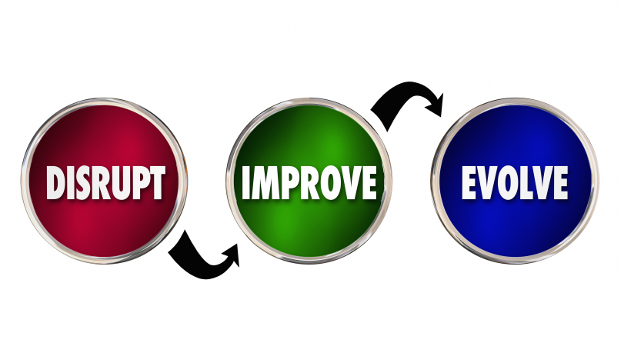
Kaizen: the business strategy focused on improvement
Kaizen, a Japanese term that means “change for the better,” has been adapted by organisations as a business strategy aimed at establishing an environment of continuous improvement.
The goal of Kaizen is to make the organisation, and its products, services and people, better by implementing small scale changes throughout the company. Popular with organisations focused on software development, lean IT and service improvement, Kaizen is not unique to the tech industry, as the strategy has been employed in industries such as healthcare, psychology, government, life-coaching and banking as a way to improve processes, decision-making and logistics.
Whereas most IT frameworks focus on the mechanics of an organisation, such as its management methods, processes or supply chain logistics, Kaizen is an holistic approach that helps organisations improve not just processes but also employees — from top executive management to entry-level workers.
Framework comparisons
Just like agile, lean IT or Six Sigma, Kaizen is designed to reduce waste and eliminate errors — but it takes a different approach. Kaizen sets itself apart from other IT management or service frameworks by focusing on small improvements that are easy to implement. Other IT frameworks typically involve an overhaul of processes, services and products by addressing multiple issues at once in the scope of one specific project. Kaizen addresses issues throughout the organisation that aren’t specific to one project or business goal — the only goal is improvement. It’s less about “fixing” problems and more about creating an environment in which employees and leadership are comfortable facing their own mistakes and growing from the experience.
Another defining characteristic of Kaizen is that it relies heavily on employee feedback, rather than customer or client feedback. Most of the suggested improvements in a Kaizen environment come directly from workers in the organisation, which means businesses also face less resistance when implementing requested improvements and changes. It’s intended to be embedded into your organisation’s corporate culture as a way of day-to-day operating.
Companies implementing Kaizen need to be patient because changes are often implemented on such a small scale that it can take a while to reap the benefits. Companies eager to prove the RoI of changes might have to wait years to see the improvements and some of the improvements might not be measurable by traditional analytics. Other frameworks such as ITSM, lean or Six Sigma offer more instant gratification, because they aim to reduce errors and waste to improve productivity and quality as fast as possible while delivering in-depth analytics.
Primary principles
Kaizen became popularised in America during the 1980s, when American companies realised that Japanese companies were outperforming them after applying the Kaizen philosophy. The whole purpose of Kaizen is to identify where processes break down and where problems stem from, finding the root cause to fix the problem where it starts. In the Kaizen philosophy, even leaders need to be prepared to find their own mistakes and address them using the Kaizen principles. No one is punished for these errors or mistakes in a Kaizen environment; they’re seen as opportunities to grow and learn.
There are five main principles in Kaizen:
- Know your customer: Figure out what your customer wants and how you can improve their experience based on what they value.
- Let it flow: Zero waste should be a company-wide goal where everyone in the organisation is focused on reducing and eliminating waste.
- Go to Gemba: Gemba is a Japanese term meaning “the actual place.” Follow the action and find where the value is created and go there to apply Kaizen principles.
- Empower people: Organise teams with clear directives and goals but be sure to equip them with the right tools and systems they need to be successful.
- Be transparent: Use data to show how improvements are changing the organisation so they are “tangible and visible.”
Certification and training
You can find several Kaizen certifications that aren’t industry specific. The Kaizen Institute, which is run by the Kaizen brand, offers three levels of certification that cover Kaizen at a higher level. Acuity Institute also offers a Kaizen Leader certification program with two months of online courses that offer a broader perspective of the philosophy from a leadership perspective. Management Strategy Institute (MSI) also offers a Kaizen workshop with training and certification that also covers Kaizen from a more business-focused perspective.
Because Kaizen is meant to be used holistically in the organisation, even if it’s aimed at software development or IT processes, these certifications can still offer valuable resources for those interested in using Kaizen in IT. But you can also find more specific IT Kaizen certifications like the Lean IT Kaizen certification from Exin or the Kaizen Certification from the Lean Six Sigma Company.
IDG News Service








Subscribers 0
Fans 0
Followers 0
Followers